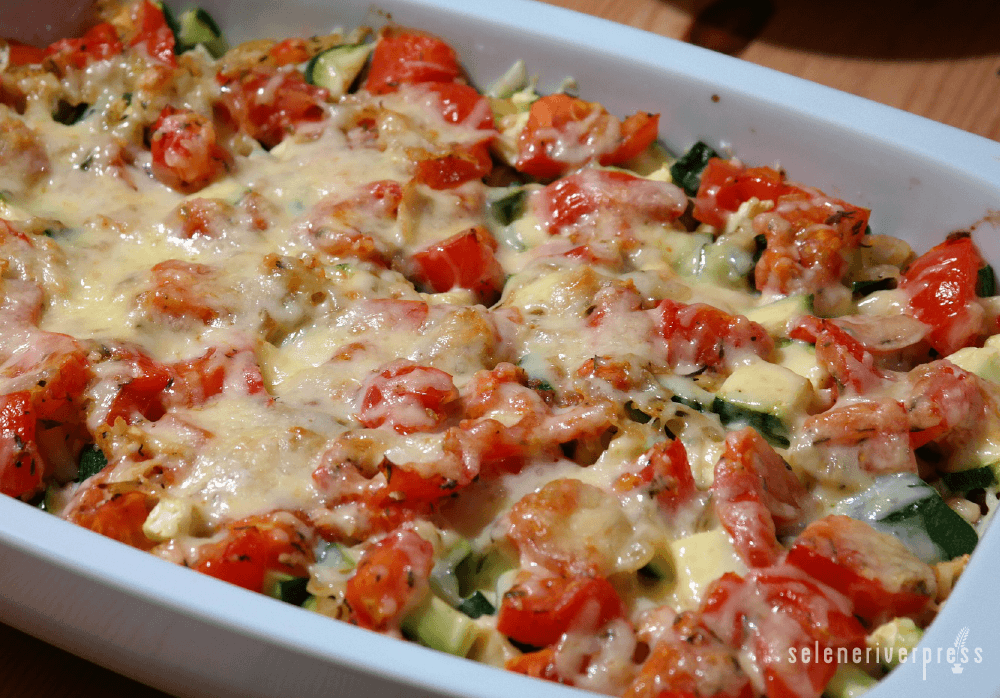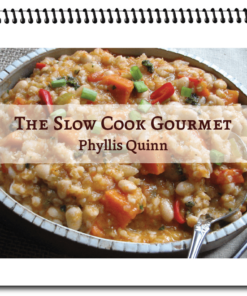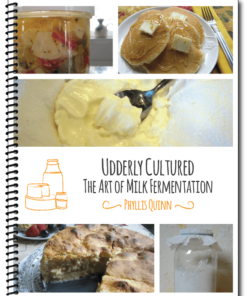Ask Chef Phyllis:
My dear mother was Portuguese, and my father was French. They worked in the textile mill town of Fall River. We were 5 children; I am the oldest and cooked for a family of 7 from about age 11. Time was always a factor in our lives, and my job was to make dinner every night. I cooked in the French style as my mother taught me, to please my father. I was instructed to use organ meats often since Papa was fond of sweetbreads. But best of all, he liked a leftover beef and potatoes casserole he called “Miroton.” I would like to try to find authentic recipes for both of these dishes. I am not sure what goes into the real recipes as I used whatever I had. Can you help?
—Louise LeFleur Dean from Queensbury, New York
Surely you became a great cook learning to use whatever was available, which I know must have pleased and nourished your family. We mistakenly think that casserole cooking is new and trendy, but it’s what working class families survived on before the slow cooker became popular in the early 1960s. Don’t sell short the casserole—it makes life easier.
Casseroles are carefree enough for a weeknight dinner and yet elegant enough for company fare. The two recipes you requested are wonderful examples of good, home style French cooking, rather than the haute cuisine with truffles or foie gras served in Paris restaurants.
Boeuf en Miroton (Leftover Beef Roast and Potatoes)
Serves 6
Traditionally, when cheese wasn’t available for this dish, fresh bread crumbs were used in its place.
Ingredients
4 tablespoons butter or pork fat, divided
2 large onions, finely chopped (about 3 cups)
½ cup consommé or beef broth
¼ teaspoon each sea salt and black pepper
2–3 tablespoons red wine or dry sherry
6 medium boiled potatoes, cut into 1-inch slices
1–1½ lbs. leftover braised, roasted, or stewed beef
¼–½ cup grated Swiss or Gruyère cheese
Instructions
- In a large skillet, heat two tablespoons of the butter or pork fat. Add onions and cook until nicely browned. Stir in consommé, salt, pepper, and wine or sherry. Cook on a low heat for about 15 minutes. Turn off heat and cover.
- Butter a 9×9-inch casserole generously. Arrange sliced potatoes in circles on the bottom of the casserole.
- Arrange the beef on top of potatoes. Top with onion mixture. Sprinkle cheese on top and dot with the remaining 2 tablespoons butter.
- Bake at 400°F for 20–25 minutes or until cheese is melted and bubbly. Serve immediately.
Braised Sweetbreads in a Casserole
Serves 4
Ingredients
2 pairs sweetbreads
2 tablespoons butter or pork fat
2 medium carrots, sliced
⅓ cup chopped onion
2 strips bacon, cut into small pieces
2 sprigs parsley
1 teaspoon sea salt and coarse black pepper
1 small bay leaf
½ cup consommé or white wine
½ cup water
Instructions
- Soak the sweetbreads in cold water for at least an hour or preferably overnight. Drain. Place them in a heavy saucepan and cover with water. Slowly bring to a boil. Lower heat and simmer for 5 minutes.
- Drain the sweetbreads. Set aside to dry. (Don’t remove the thin skins.)
- Preheat oven to 450°F. Place butter, carrots, onion, bacon, parsley, salt, pepper, and the bay leaf in the casserole. Bake for 15 minutes.
- Add the sweetbreads, consommé or wine, and water. Turn sweetbreads over to coat them with the liquid. Cover the casserole and cook for 40–45 minutes.
- Remove the sweetbreads to a hot plate. Pour over the sauce from the casserole. Serve with rice, peas, and crusty bread.

AUTHOR’S NOTE
To choose your organically grown and fresh ingredients wisely, use the following criteria:
- chemical- and hormone-free meat
- wild-caught fish
- pasture-raised, organic eggs
- whole, unrefined grains
- virgin, unrefined, first-press organic oils
- whole-food, unrefined sweeteners
- pure, clean, spring water
- sea salt
- raw and/or cultured milk and cream products




